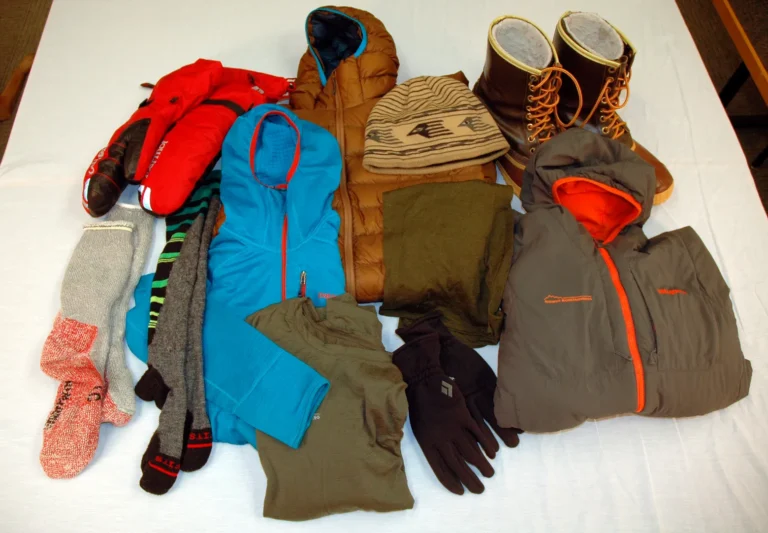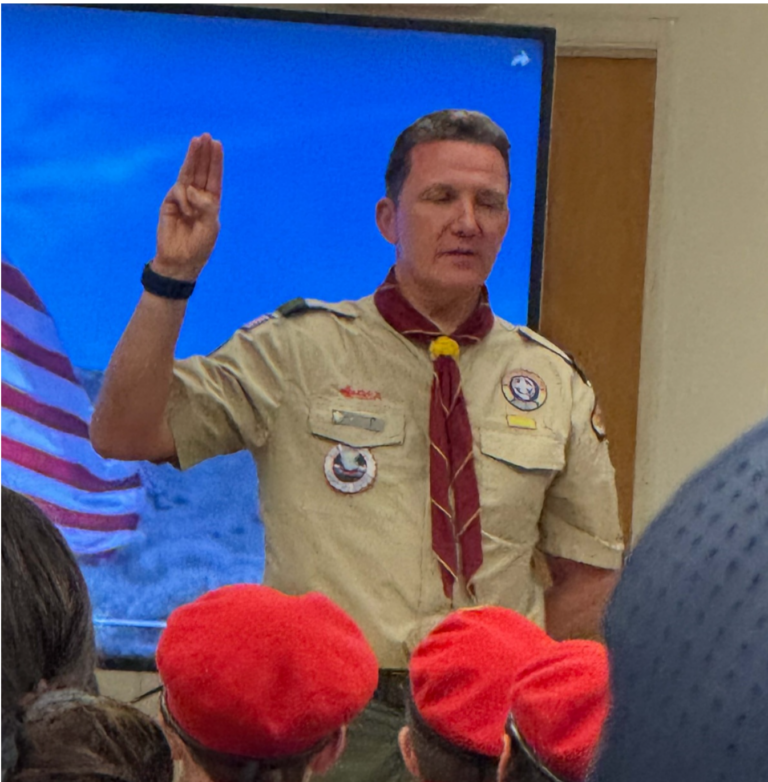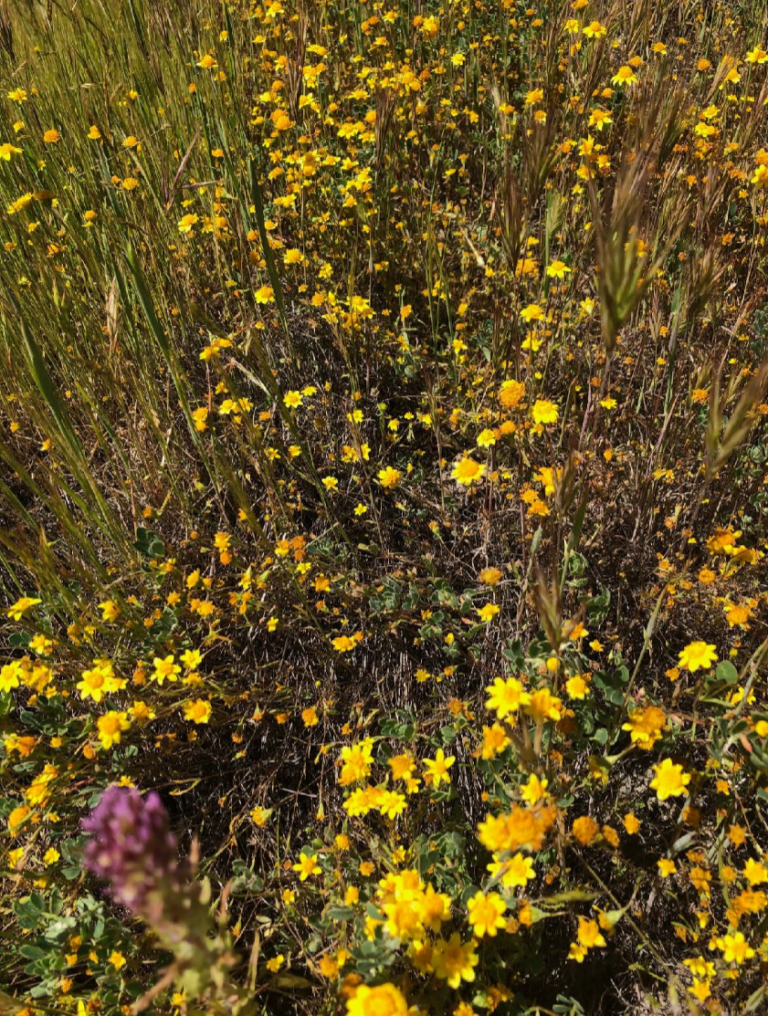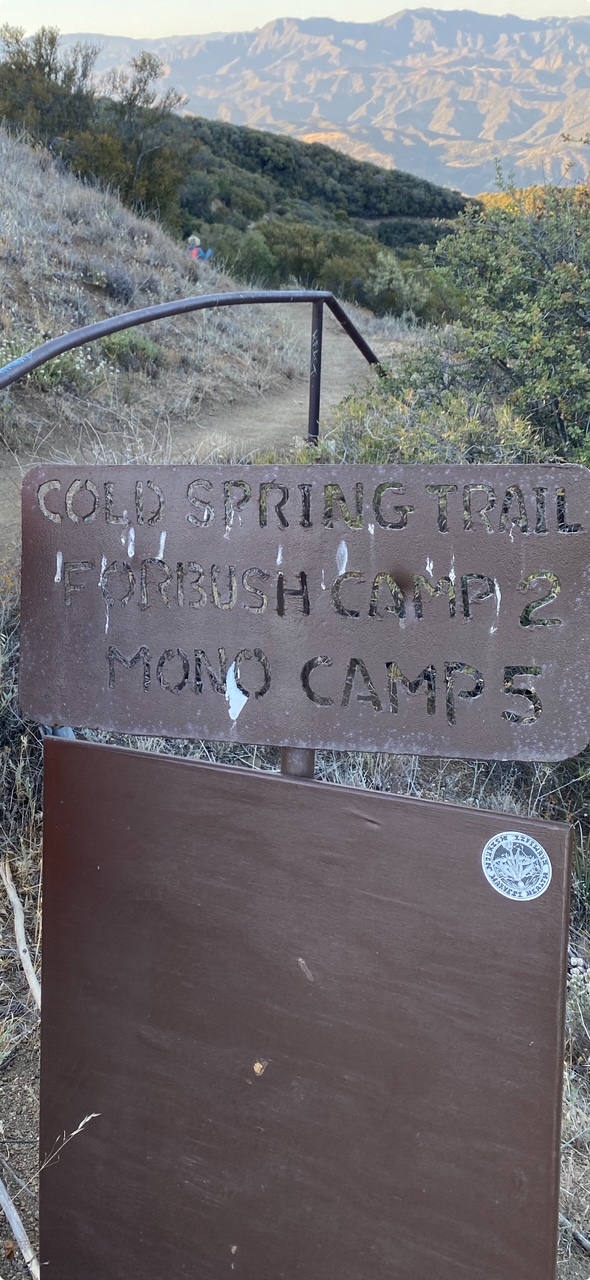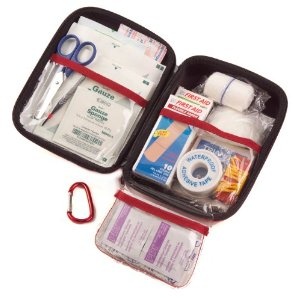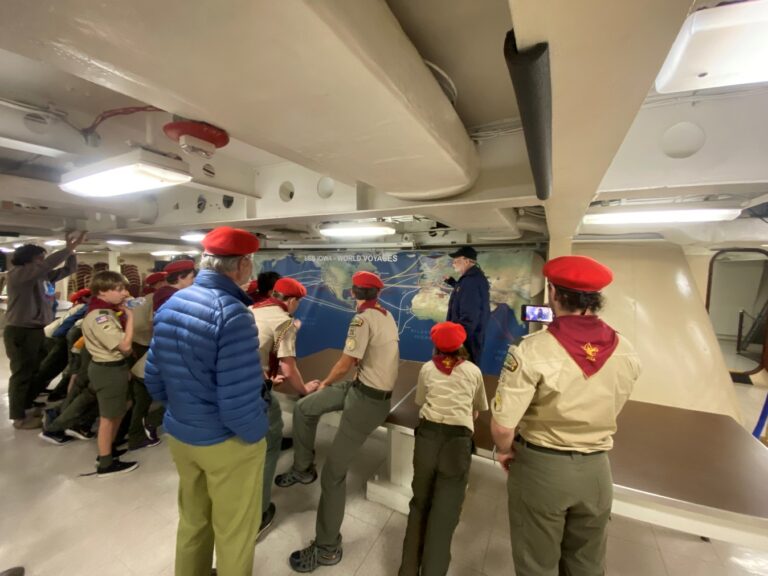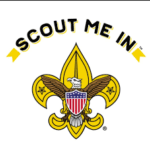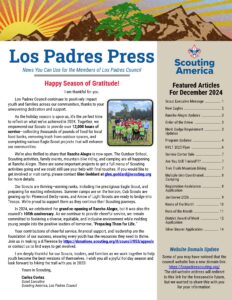Staying warm at night on a camping trip can be the difference between enjoying your camping trip and wishing you were at home. Keep these tips in mind as you prepare for your next overnight camping trip.
- Ground Insulation: Insulating ground pads make such a difference that seasoned winter campers usually take two. The warmest combination is a full-length foam pad with a self-inflating mattress (a Therm-A-Rest, for instance) on top.
- Keep the bag dry: Through respiration and sweat, you give off moisture at night, which ends up in your bag. Don’t breath into the bag; it may feel warmer initially, but it soaks the liner with condensation from your breath. Vapor from normal perspiration condenses inside the outer shell in sub-zero cold, which isn’t a problem for a night or two. Sun-drying will help offset moisture build-up, but the only way to stop it is with an impermeable vapor-barrier, or VBL.
- Wear clothes to bed: Always wear a warm hat and keep the bag hood snug because half your body heat escapes through your head. Wearing long johns and pile apparel to bed often makes the difference between cozy slumber and all-night shivering. Try not to overdress because bulky clothes in a tight bag will compress the insulation, or you could overheat and wake up sweat-soaked. Either way, you get cold.
- Drink: It’s hard to stay hydrated in cold, dry conditions because you play and sweat all day then breathe out lots of water while sleeping.
- Warm up before bed: Remember a bag can’t retain body heat that’s not there in the first place. Eat hot dinner, have a hot beverage, and warm up before retiring by walking around, waving your arms, or going for a quick moonlit walk. Just don’t overdo it and go to bed sweaty.
Tips for Cold Weather Techniques
- Some lowland meadows can be colder than sites higher up because wind moves down the mountains at night and cold air settles in valleys. Try to choose a protected site if there is a cold wind or snow falling.
- Dehydration seriously impairs the body’s ability to produce heat. Drink fluids as often as possible during the day, and keep a full water bottle by your side at night.
- If your feet are cold, don’t put on extra socks if your boots are already snug. Constricted toes are colder than with room to wiggle.
- If you have to re-prime a balky stove, let it cool first. The lingering vaporized gas is highly volatile. Fire starting paste makes the job easier and may be worth carrying in cold conditions.
- Carry extra fuel if you plan to heat up extremely cold water or melt snow.
- Your stove will work better if you insulate from the ground. Use ¼” thick, 6” square plywood under the stove.
- Always use lids when cooking.
- After every meal, fill your stove with fuel so you won’t run out halfway through the next one. Fill to only 80% of capacity to allow room for expansion.
- Fill half empty water bottles with snow. (clean snow, no pink or yellow) The jostling movement while hiking will turn the snow to water.
- If you must eat snow (not ice) melt and warm it in your mouth before swallowing. This keeps your stomach from chilling.
- Turn your water bottles upside down before going to bed.
- Don’t sleep in the clothes you’ve worn all day. They’ll be damp and provide little insulation. Pack an extra pair of long underwear and socks for the night.
- To prevent boot from freezing at night, put them in plastic bag and place it under the foot of your sleeping bag.
- Contact lenses and solutions can go in your sleeping bag to keep them from freezing.
- Always wear a hat to bed. A balaclava is best because it covers your neck and ears.
- To prevent cold air out of your sleeping bag when you roll over, take your down vest, sweater, or pile jacket and lay it across your neck and chest, tucking it in so it acts like a collar.
- Keep your nose and mouth out of your sleeping bag because you’re breathing will dampen the inside of the bag.
- The best way to keep your feet warm is to keep the rest of your body well covered. If your feet are cold, put on a hat.
